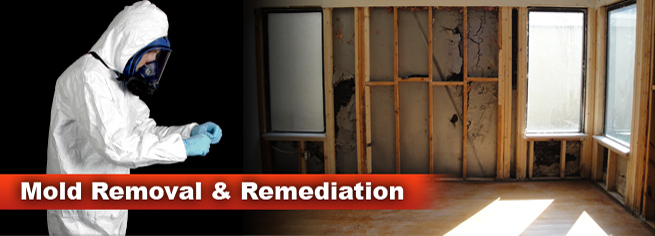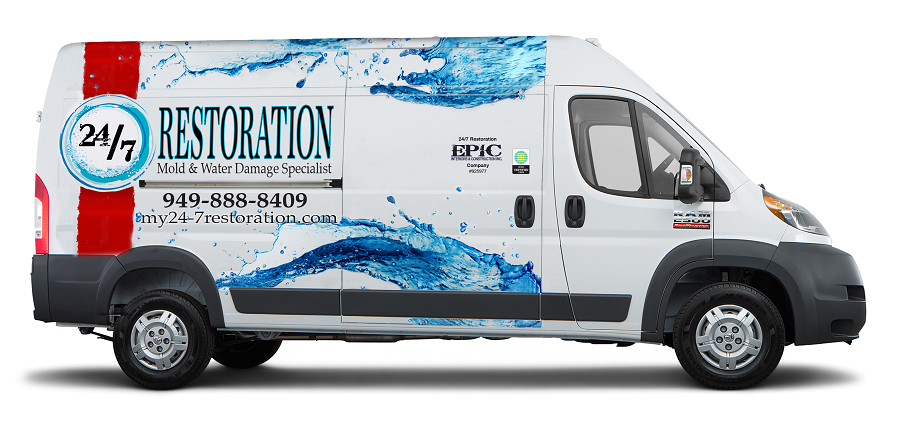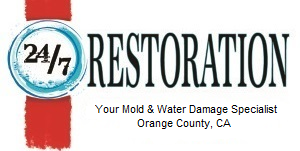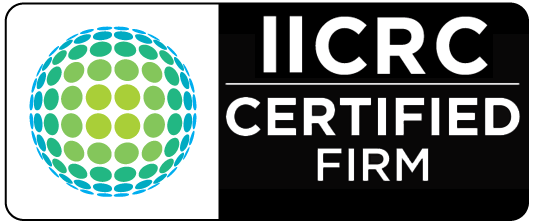
With increased awareness of health issues regarding mold exposure, it is important to address any suspected growth with remediation. The Mold remediation process usually takes place after after a major water loss or flood. One should look out for any signs of hidden mold growth. One can detect mold by the smell and any sign of water damage on the walls or ceiling. Mold can grow in many places that are not visible to the human eye in the indoor environment. Mold is often found behind wallpaper or paneling, the topside of ceiling tiles, back side of dry wall, or the underside of carpets or carpet padding. Piping inside the walls may also be a source of mold growth since pipes often leak and cause moisture and condensation. During the mold removal process of remediation one must also check in roof materials above ceiling tiles. Roofs often leak and water collects inside the walls and insulation. If one is suspicious about mold growth one should investigate with caution to prevent exposure to mold by utilizing the service of a professional mold removal firm.
The first step in the mold remediation process is solving an indoor problem and stopping the source of moisture. Next is mold removal. Common remedies for small occurrences of mold include:
- Sunlight
- Ventilation
- Wall insulation/Dry Wall
- Non-porous building materials
- Household cleansers
- Dehumidifiers
The Source of the Mold Remediation Process:
There are many ways to prevent mold growth; see heating, ventilating, improved insulation and air conditioning, and dry fog.
Improper methods for mold removal include exposure to high heat, dry air, sunlight (particularly UV light), ozone, and application of fungicides. These methods may render the mold non-viable, however, the mold and its by-products can still elicit negative health effects. As noted in following sections, the only proper way to clean mold is to use detergent solutions that physically remove mold. Many commercially available detergents marketed for mold clean-up also include an anti-fungal agent.
Significant mold growth may require professional mold remediation to remove the affected building materials and eradicate the source of excess moisture. In extreme cases of mold growth in buildings, it may be more cost-effective to condemn the building rather than clean the mold to safe levels.
The goal of the mold remediation process is for mold removal or to clean contaminated materials in a way that prevents the emission of fungi and dust contaminated with fungi from leaving a work area and entering an occupied or non-abatement area, while protecting the health of workers performing the Abatement / Mold Remediation.
Mold removal methods
The purpose of the clean-up process is to eliminate the mold and fungal growth and to remove contaminated materials. As a general rule, simply killing the mold with a biocide is not enough. The mold must be removed since the chemicals and proteins, which cause a reaction in humans, are still present even in dead mold.
Evaluating mold exposures
Before beginning mold remediation a trained professional will make sure to assess the area infected with mold to ensure safety before mold removal begins, and properly approach the mold.
- Assess the area infected with mold, checking for any hidden mold
- Fix moisture problems before you remove and clean up the moldy area to prevent future mold growth issues
- If the area of mold is large you should get a remediation manager to properly dispose of the mold
- Be sure to identify the source of water or moisture that caused the mold growth to begin with
- Check all air ducts, ventilation systems and air handling units so that the mold problems do not persist in the indoor environment
- Consult a qualified professional if you have any problems or if you are not confident that you can properly remove all mold or sources of mold growth
Contact 24/7 Restoration Now!

24/7 Restoration Service Areas: Aliso Viejo | Anaheim | Balboa | Brea | Buena Park | Capistrano Beach | Corona | Corona Del Mar | Costa Mesa | Coto De Caza | Cypress | Dana Point | El Toro | Emerald Bay | Foothill Ranch | Fountain Valley | Fullerton | Garden Grove | Huntington Beach | Irvine | Ladera Ranch | La Habra | La Palma | Laguna Beach | Laguna Hills | Laguna Niguel | Laguna Woods | Lake Forest | Las Flores | Los Alamitos | Mira Loma | Mission Viejo | Modjeska Canyon | Monarch Bay | Newport Beach | Norco | North Tustin | Orange | Placentia | Portola Hills | Rancho Santa Margarita | San Clemente | San Juan Capistrano | Santa Ana | Seal Beach | Silverado Canyon | Stanton | Trabuco Canyon | Tustin | Villa Park | Westminster | Yorba Linda | And Many More! All of Orange County.
Emergency Services “Specializing” in Water Damage and Mold Remediation.
We Bill Your Insurance Company Directly. Free Estimates!
23011 Moulton Pkwy, Laguna Hills, CA 92653
(949) 888-8409
CL# 925977




